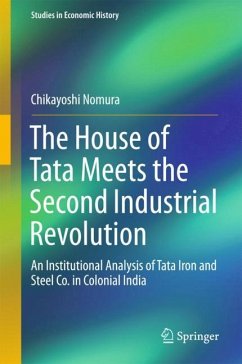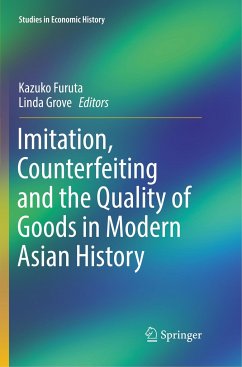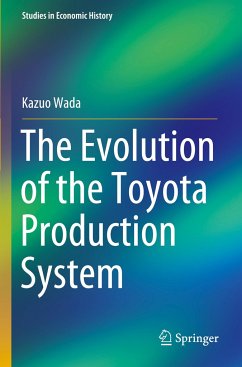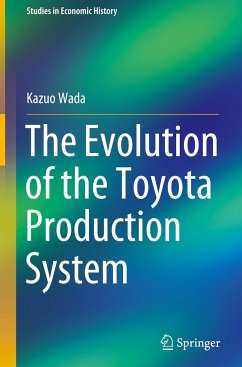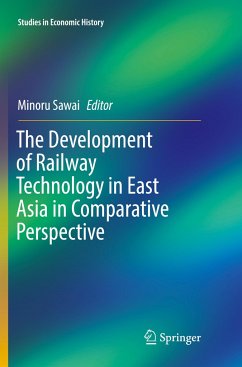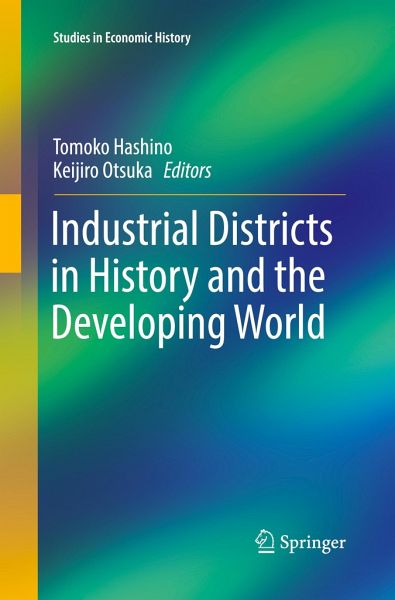
Industrial Districts in History and the Developing World
Versandkostenfrei!
Versandfertig in 6-10 Tagen
91,99 €
inkl. MwSt.

PAYBACK Punkte
46 °P sammeln!
This book sheds new light on the role of industrial districts in the industrial development of the past and present. Industrial districts, which refer to the geographical concentration of enterprises producing similar or closely related commodities in a small area, play a significant role in the development of manufacturing industries not only historically in Europe and Japan but also at present in emerging East Asian economies, such as China and Vietnam and low-income countries in sub-Saharan Africa. The book identifies similarities in the development patterns of industrial districts in histo...
This book sheds new light on the role of industrial districts in the industrial development of the past and present. Industrial districts, which refer to the geographical concentration of enterprises producing similar or closely related commodities in a small area, play a significant role in the development of manufacturing industries not only historically in Europe and Japan but also at present in emerging East Asian economies, such as China and Vietnam and low-income countries in sub-Saharan Africa. The book identifies similarities in the development patterns of industrial districts in history and the present and analyzes the reasons for these similarities. More specifically, the book examines whether Marshallian agglomeration economies provide sufficient explanations and seeks to deepen understanding about the important factors that are missing.
Despite the common issues addressed by economic historians and development economists regarding the advantages of industrial districts for industrial development, discussion of these issues between the two groups of researchers has been largely absent, or at best weak. The purpose of this book is to integrate the results of case studies by economic historians interested in France, Spain, and Japan and those by development economists interested in the contemporary industries still developing in China, Vietnam, Bangladesh, Tanzania, and other countries in sub-Saharan Africa.
Despite the common issues addressed by economic historians and development economists regarding the advantages of industrial districts for industrial development, discussion of these issues between the two groups of researchers has been largely absent, or at best weak. The purpose of this book is to integrate the results of case studies by economic historians interested in France, Spain, and Japan and those by development economists interested in the contemporary industries still developing in China, Vietnam, Bangladesh, Tanzania, and other countries in sub-Saharan Africa.



